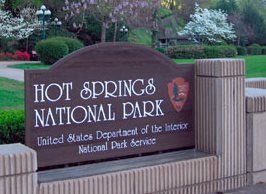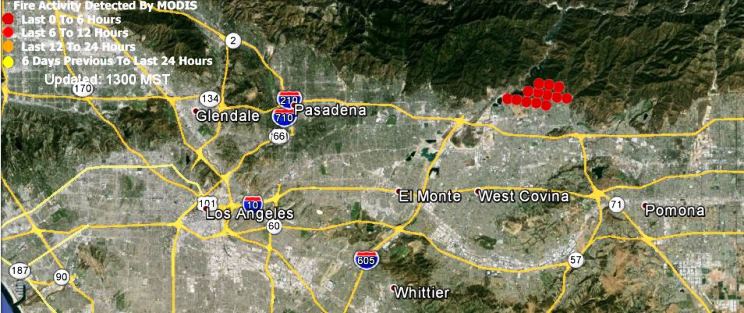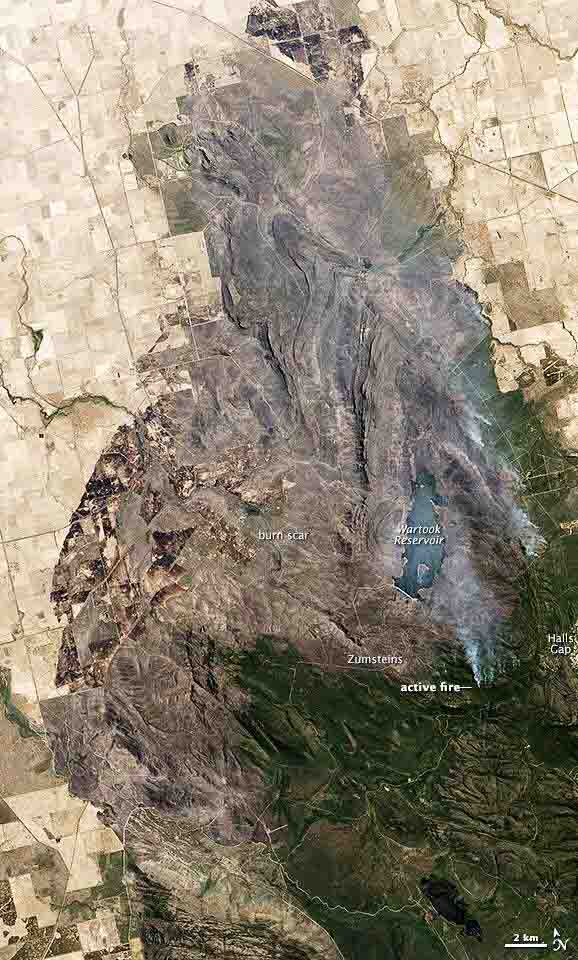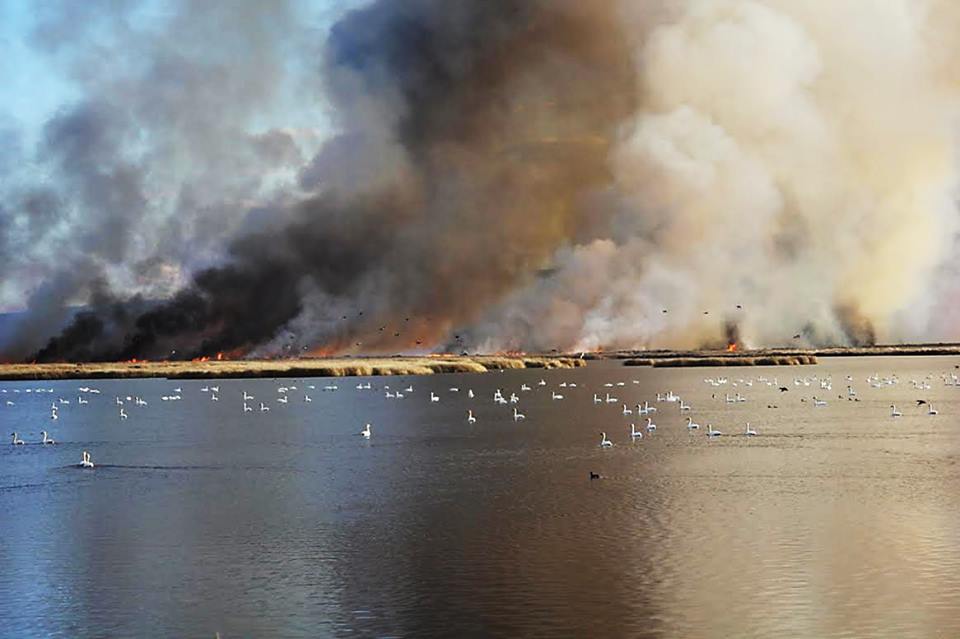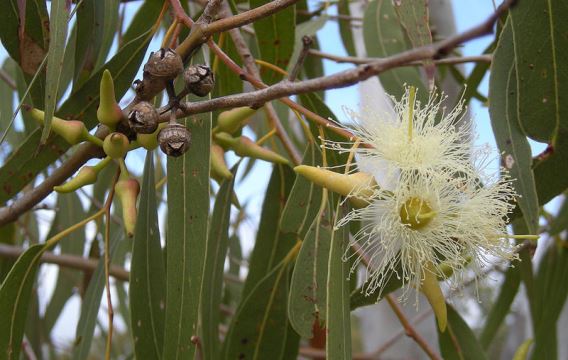
Wildland firefighters in Australia and in some areas of California are very familiar with eucalyptus trees. They are native and very common in Australia and are planted as ornamentals in the United States. The leaves produce a volatile highly combustible oil, and the ground beneath the trees is covered with large amounts of litter which is high in phenolics, preventing its breakdown by fungi. Wildfires burn rapidly under them and through the tree crowns. It has been estimated that other than the 3,000+ homes that burned in the 1991 Oakland Hills Fire in California, about 70 percent of the energy released was through the combustion of eucalyptus.
Eucalyptus is one of three similar genera that are commonly referred to as “eucalypts”.
Jon Henley, a reporter who covered the numerous large bushfires a year ago in Australia, has written a book about fire down under, titled “Firestorm: Surviving the Tasmanian bushfire”. Below is an excerpt:
****
“…Gum trees, as eucalypts are known, ‘are like weeds that come up on bombed-out blocks’, adds Jamie Kirkpatrick, professor of geography and environmental studies at the university. ‘They’re fantastically fast growers and great colonisers, but not great competitors.’
Eucalypts typically let through a lot of light, allowing other vegetation types such as scrub and grass to grow beneath them. They can live for maybe 700 years. But they won’t regenerate, Kirkpatrick explains, if what is growing beneath them over the years becomes too dense. Most eucalypt species, therefore — there are more than 600 in Australia, between 30 and 40 in Tasmania — have evolved traits that allow them to survive and prosper in the fires that will clear that undergrowth.
Some, like the mighty, 100-metre-tall Eucalyptus regnans — also known as the mountain ash, stringy gum or Tasmanian oak — hold their seeds inside small, hard capsules; a fire will instantly trigger a massive drop of seeds to the newly fertilised ground.
The myriad bright green buds that sprout spectacularly from the trunks of other eucalypts in the aftermath of a big fire are another kind of regeneration mechanism, bursting through the scorched and blackened bark within weeks of a blaze.
Within five or six years, ‘a burned forest will be looking pretty good’, Kirkpatrick says. ‘And a large proportion of Tasmania’s flora fits into this fire ecology. Pea plants, wattles — their germination is stimulated by heat and smoke. Fire is really, really important in Tasmania.’
At the centre of it all, though, is the eucalypt. Because these trees do not just resist fire, they actively encourage it. ‘They withstand fire, they need fire; to some extent, they create fire,’ Bowman says. ‘The leaves, the bark, don’t decompose. They’re highly, highly flammable. And on a hot day, you can smell their oils.’
The bark and leaves of eucalypts seem almost made to promote fire. Some are known as stringyor candle-barks: long, easily lit strips hang loosely off their trunks and, once alight, whirl blazing up into the flammable canopy above, or are carried by the wind many kilometres ahead of a fire to speed its advance.”
This is an edited extract from Firestorm: Surviving the Tasmanian bushfire by Jon Henley (Guardian Shorts £1.99 / $2.99)
Get it from Amazon Kindle or directly from Guardian Shorts.


